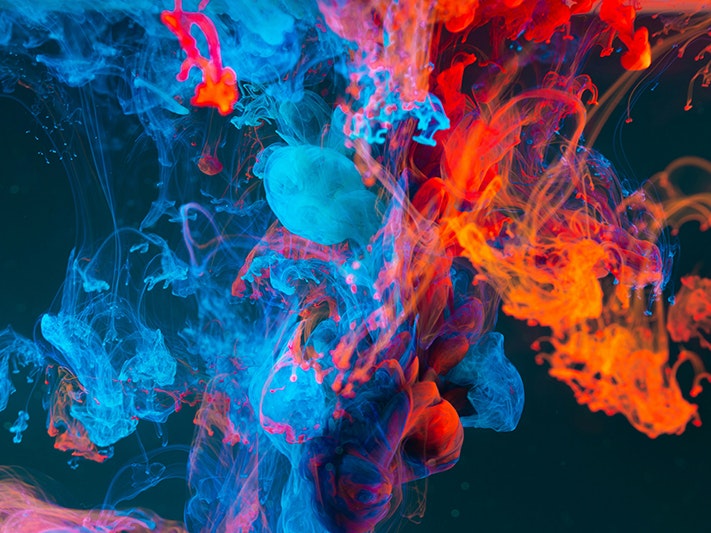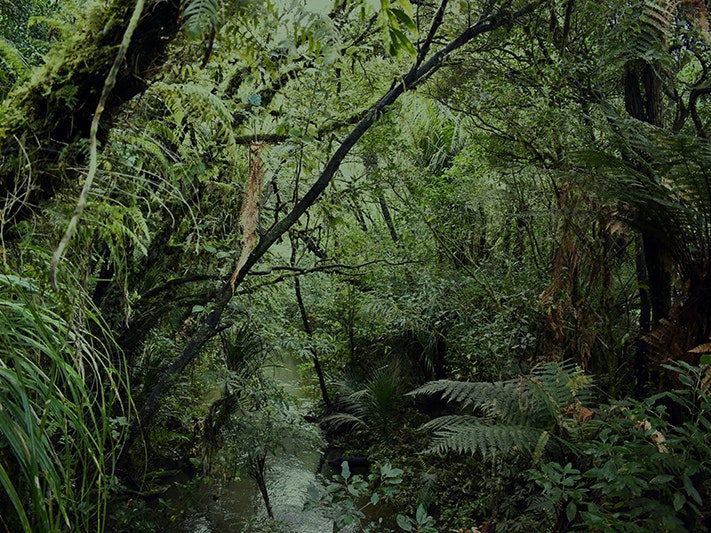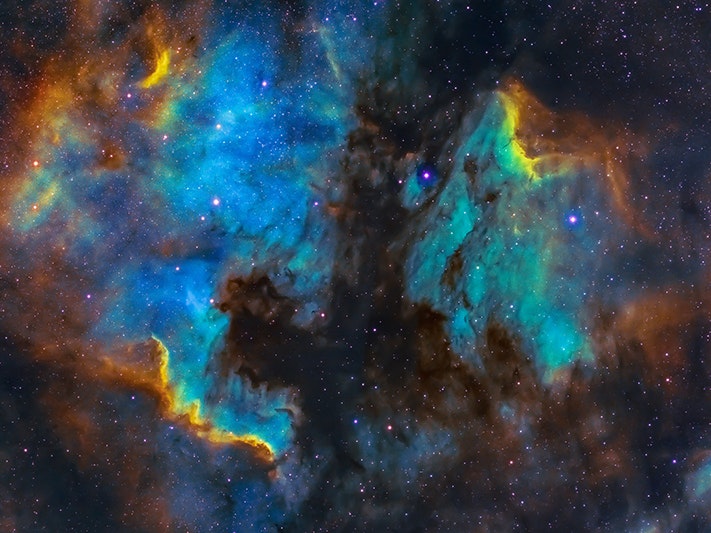
Activity A: Tihei mauri ora!
Explore the beginning of time in Aotearoa through pūrākau (stories).
Free museum entry for New Zealanders and people living in New Zealand
Open every day 10am-6pm
(except Christmas Day)
Free museum entry for New Zealanders and people living in New Zealand
Take a mind-bending journey to find our place in the vast cosmos of time and space.
We are the universe, organised as humans, for now. Connect with your cosmic origins, as understood by Mātauranga Māori for all of time.
He pitopito kōrero“When people hear the word “whakapapa” they often only think of it as a family tree: mum, dad, kids, grandparents, ancestors. “To accept there is a concrete link between the celestial, cosmic and terrestrial spaces is the start of a re-humanising process – one of reconnecting. This means bringing ourselves back to nature in acknowledgement that our bodies and the soil …emerge from the same origin.” (Teina Boasa-Dean and Ruth Nesi Bryce-Hare, Te Mahi Oneone Hua Parakore: A Maori Soil Sovereignty and Wellbeing Handbook, p.103, 2020) We are all made of stardust. All the elements that make up the human body, and all that is on Earth, were formed in long-gone stars. The interrelatedness of human beings with all that is around us has been understood in mātauranga Māori, and other indigenous knowledge systems, for all of time. |
Humans are made up of oxygen (65%), carbon (18.5%), hydrogen (9.5%), nitrogen (3.2%), calcium (1.5%), phosphorus (1%), potassium (0.4%), sulphur (0.3%), sodium (0.2%), chlorine (0.2%), and magnesium (0.1%). Image: Te Papa (silhouette of woman by macrovector/Freepik)
Download the above infographic [JPG; 82.08KB – A4 size]
|
Discuss: What could this infographic’s title be? What are the most common elements in our human body? |
Watch and listen to Neil deGrasse Tyson, an astrophysicist speak about this most astounding fact below.
You might want to watch this video a couple of times before discussing with a friend the feelings that you have from watching it. There might be emotions of awe, curiosity, astoundment, confusion or amazement – all emotions are valid and helpful.
Draw a picture that reflects your feelings. You may want to overlay a line from the interview (the full transcript is in the video description) or write your own statement about the relationship between us and stars.
Read and discuss the quotes at the top of this activity. What ways could you communicate this idea of a woven universe to others? Consider ways of communicating our woven relationships through embodied practices in te taiao such as a mindful nature walk, or meditation.
|
Discuss:
|
If you have younger people interested in this activity in your life, you can do a similar task with the storybook, You are Stardust, by Elin Kelsey.

Explore the beginning of time in Aotearoa through pūrākau (stories).

Explore the magical connections that exist in whakapapa (ancestry) and imagine the place for human beings inside a thriving web of life.

Go down amazing wormholes with this curated suite of links.